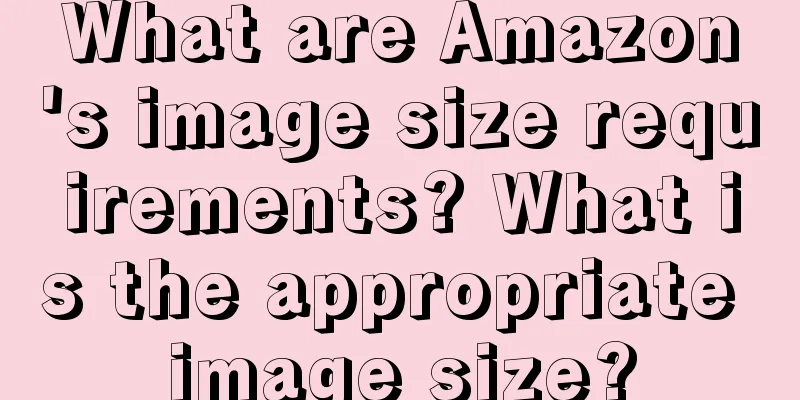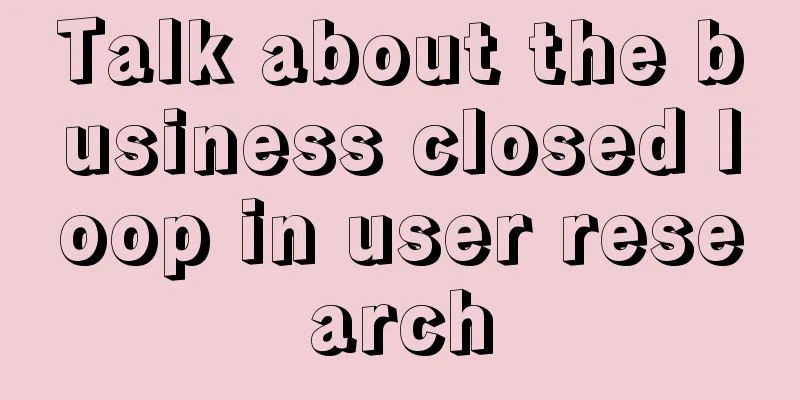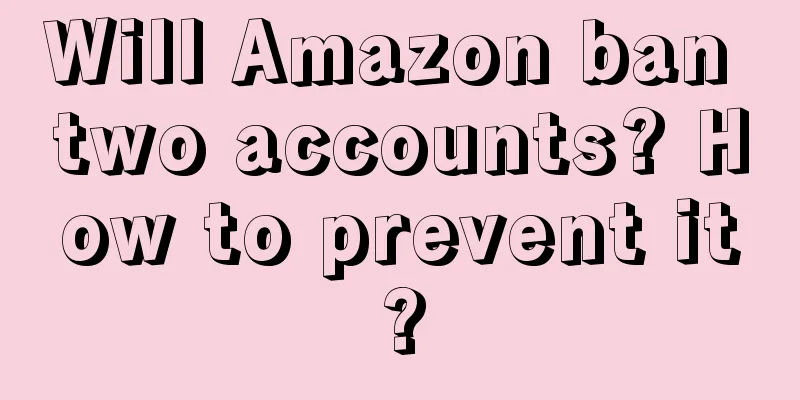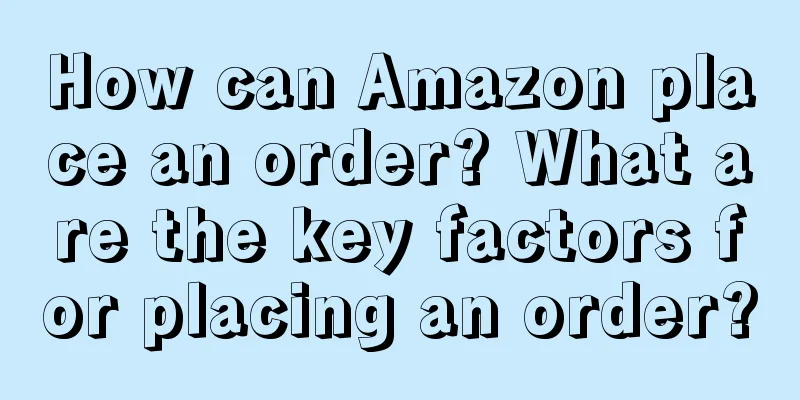A guide to practicing your brand voice

Today we start the first lecture on brand language system: What is the brand language system? 01 Which is more important, brand language or slogan?For a long time, we have misunderstood and neglected the brand language system. The first is misunderstanding. It is easy for us to misunderstand the brand language system. You may ignore the "system" and directly understand the brand language as: the most important "words" in the brand. When it comes to the most important words in a brand, the one you’ll probably think of is the slogan. So, what is the relationship between brand language system and slogan? What is the difference? Let's recall together, what is the brand slogan that impressed you the most? By the way, recall the scene when you saw it and the year it was born. I guess the ones that will be on the list include "Just do it", "If you are afraid of getting a sore throat, drink Wanglaoji", "I won't accept any gifts this Chinese New Year, and if I do, I'll accept Melatonin", "Think different", and I should be able to think of a lot more. The scenes should be traditional media such as TV, stores, outdoor, elevator advertising, etc. We know the time when we see it, so we don't need to reveal our age. Next, narrow down the scope. What is the slogan of the new consumer brand that impressed you the most? By the way, think back to the scene when you saw it. According to the survey I have conducted, this question is not as easy to answer as the previous one, and a lot of answers can be easily given. Maybe I can only remember one or two, such as Bananain's "Redesigning Basics" and Neiwai's campaign "No body is nobody", which received higher votes. The scenarios are new media and platforms such as official accounts, Xiaohongshu, and e-commerce. Why can’t we come up with many slogans for new consumer brands? Some friends’ additional explanations when answering revealed their true feelings: Although I can’t remember the slogan, he has a deep impression of Guanxia’s official account and packaging copy, Sandunban’s return plan, Gaga’s brand activities, and PIDAN’s expression of values. As they said, indeed, with information carriers so multidimensional nowadays and changes in user habits, users are more likely to remember the overall feeling that the brand brings to them. In the process of creating brand experience, text, words and ways of speaking are the most common and high-frequency ways for brands to communicate with users. It is more daily and multidimensional than slogans , and we need to use a "system" to standardize expression and achieve relatively unified brand expression, so that it will be easier for users to have a three-dimensional and consistent experience with the brand. It could be a product name, an event theme, a public account, the content of Xiaohongshu, or even a sentence on the packaging. Small and everyday. The important words in the original brand, such as slogans, are still an important part of the brand language system, but they are by no means unique and equivalent. We have long passed the era of traditional media, where repeated broadcasts at the same time period could brainwash people crazily. 02 Is the language system less important than the visual system?But unfortunately, even now, most of the brands we come into contact with still tend to ignore the language system, subconsciously thinking that language is not as important as the visual system. This kind of neglect or mistake is not only reflected in new brands, but big brands are also prone to making such mistakes. I remember a time when people collectively had negative feelings about a brand’s language. It happened when Apple IPHONE 13 and IOS 15 were launched. Almost the entire brand and marketing circle are complaining about it, and there are also many consumers complaining about it. Come, let us read these sentences with our eyes.
The new product still looks very Apple-like, but the copy does sound scary and very un-Apple-like. In addition to "think different", Apple's copywriting has left us with classics over the years, including:
Looking through these copywritings, the language impression that Apple leaves us with has always been: concise, elegant, and focused on depicting the power of its products. Therefore, although it caused negative feelings at the time, it just shows how strong and profound the user's impression and feelings of the overall language are when the brand's language has formed a system. "When your language is not what users have in mind, users will take the initiative to speak out." Perhaps someone might say, because this is "Apple", a big brand. But the reality is that, whether it is a big brand or a small brand, with the emergence of various forms such as visuals, motion effects, videos, etc., the value of language has indeed been overlooked. The more basic and common something is, the less likely it is to be taken seriously. It feels like anyone can say a few words or write a tweet. But whether this text is the language that a brand should have is something that many brands have not spent time researching. The purpose of citing the negative example of Apple is to illustrate that for a brand, no matter how big or small, as long as we still need to use language to speak, write, and read, then the visual and language systems are equally important. Through the above explanation of our misunderstanding and neglect of the brand language system, we actually illustrate the core meaning of brand language. The brand language system is the regular and characteristic text, words and way of speaking in each experience dimension in accordance with the brand positioning, concept, story and overall setting. Together with visual identification, it undertakes the most important identification system of the brand. Compared with vision, brand language is the lowest cost and most commonly used method to establish users' expression of their feelings about the brand. 03 The core significance of brand language systemIf we regard a brand as a person, the language system is his accent, way of speaking, habits, and even his catchphrases. In the paper-figure game "Love and Producer" that is popular among the post-00s, the characters' language and voices give young people emotional value. If he is a taciturn, distant, and cool male god brand character, then every time he speaks, he needs to be concise, to the point, without any nonsense, leaving a lot of room for the user's imagination. If he is a gentle and considerate brand personality, he will always consider the problem from your perspective, speak softly, speak from your heart, and be considerate, making users feel warm and secure. This understanding and design of language is very similar to my college major, drama performance. When I was in college, I did some dubbing work. The brand's language system is like the "lines" of a character in a play, while the brand's visual system is like the "costumes and props". The two complement each other and are indispensable. On the stage or on the screen, whether you have a deep impression of a character, or whether an actor's acting skills are up to par, depends not only on his appearance, dress, and body movements, but also on the actor's understanding and handling of the lines. If the lines are bad, then we need to hire a voice actor. If the voice actor is not up to standard, the lines won’t fit the character, and the audience will still be distracted, which will affect their perception of the entire play. I tried to use the three steps that actors use to handle lines to help everyone better understand the core meaning of the brand language system. 1. Usually, we first need to read the script thoroughly to understand the character's life background and relationships. We need to first figure out what your role is in this character and what you can say. 2. Next, we will judge the character’s personality and psychological activities to feel how he should communicate with other characters in this scene and how he should say it in order to make the audience believe in the authenticity of this character? For example, a person of noble status usually speaks slowly, neither hurriedly nor slowly, which makes you feel that he has a superior status and everyone should listen to him. In general, in TV dramas and movies of poor quality, this is often the point where you get distracted. You understand what the character does and how he or she will speak, but what the actor says doesn't conform to common sense and you get distracted. The first two parts are easier to understand, which are actually "what to say" and "how to say it". 3. The real difficulty lies in designing the character's lines, which is to artistically process the character's lines. In other words, how to say the lines so that they are unique. For example, we usually say that Chen Daoming and Zhang Songwen’s lines are good. Why? Because their lines are both within the characters, but at the same time make you feel that their own rhythm, accent, stress, tone, etc. give the characters a more unique charm. For example, in a dialogue that would normally involve anger and loud speaking, they handled it very restrainedly, which made you feel extremely angry. The rhythm of the language was sometimes fast and sometimes slow, allowing the audience to feel the character's vivid inner thoughts. The handling is reasonable, yet unexpected; this is good dialogue design. In fact, the way I deal with these three parts of the lines is also the way to deal with the brand language system. What to say? — What should a brand say and what information should it convey to users based on its own settings. How to say it? — What tone and attitude should the brand use to express the given content? How to say unique? ——How should a brand design its own language so that it can appear to have its own recognition and form its own system. Next, let’s talk about what the brand language system should actually include. 04 The composition of the brand language systemThe composition of the brand language system usually needs to include these three aspects: 1. The core message of the brandThe core information should include: information pyramid, brand core value, brand story, values, brand content framework The core message of a brand determines what the brand wants to say. What valuable information should it convey to users? One point to note here is that it is valuable information. Every brand founder may have thousands of words to say to users, but the core information must be screened. All the information a brand conveys to users should be necessary information, and should not add information burden to users. 2. Language IdentificationLanguage identification includes: language tonality, slogan, emotional and functional language expression, product naming, and identification specifications. The core of language identification is actually what is mentioned above. When we already know what the brand wants to say, we should design our own language and form a system in a unique and recognizable way. There is also a point to note here, don't be unique just for the sake of being unique. Brand language, like writing, needs to have substance. Don't play with words and rhetoric just to show off. Language design, like visual design, needs to be based on meaningful and valuable foundations, and needs to be in line with the brand's own characteristics and the real needs of users. Don't design for the sake of design. 3. Language contact experienceLanguage touchpoint experience includes language information level and other scene touchpoints. After we design the language system, we need to arrange the language information level according to different application scenarios. For example, for the language on the packaging, we need to plan the language experience steps from the user's perspective. What is the first sentence he will see? Is this sentence the first message that the brand wants to convey to the user? Finally, I would like to end this article with a famous quote from a master. David Ogilvy, the founder of Ogilvy & Mather, a famous international advertising company, once said: Every advertisement is a long-term investment in the brand image. If we put it here, it is actually the same. Every word a brand says is a long-term investment in its brand image. Author: Shao Kang, WeChat public account: Shao Kang Blake, Mushan Brand Consulting and Design, Strategy Director |
Recommend
How can a newly opened medical clinic or health care center attract offline customers?
Newly opened medical clinics or health clubs face ...
Lei Jun: I don’t want to be left behind, I hate brand premium the most
Why does Xiaomi want to build cars? How can it sta...
How to bind a store on Shopee? How to use it?
Now more and more friends are joining the Shopee p...
What are the problems with temu? Is temu cross-border e-commerce worth doing?
The temu cross-border e-commerce platform has its ...
In the new era of e-commerce, how can businesses make money?
With the diversified development of e-commerce pla...
What are the reasons for Amazon store closures? Four reasons analyzed
There are many merchants opening stores on Amazon ...
To seize the opportunity of Xiaohongshu, you must seize the opportunity of store broadcasting
This article will delve into the rise of store bro...
How much does it cost to open a Lazada store? Is there any support for opening a Lazada store?
Lazada's current market share is not bad, so m...
What else can the nine Chinese New Year TVCs talk about besides reunion?
One of the difficulties for brands to launch TVCs ...
Does Amazon set SKUs arbitrarily? What are the rules?
For Amazon merchants, after opening a store, they ...
Soy sauce latte is packaged in a red cup? Luckin Coffee is embarking on the road of "branding of popular products"
Luckin Coffee's joint hit "Soy Sauce Latt...
The "advanced version" of refund only is here: someone will help you "grab" the product you like
The "refund only" service of e-commerce ...
What are Amazon's compliance policies? What should I follow?
If you open a store on Amazon, you need to abide b...
How is Amazon Belgium? How to join?
Today, I will introduce you to the content of Amaz...
How long does it take for Amazon videos to be reviewed? Are there any requirements for uploading video ads?
After we open a store on the Amazon platform, we n...









